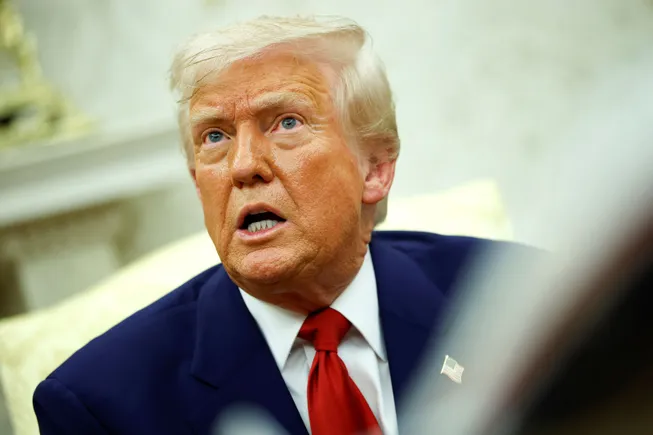The United States has announced a pause on most country-specific tariffs for a period of 90 days, while simultaneously increasing duties on imports from China to 125%. This decision was communicated by President Donald Trump on Wednesday. Treasury Secretary Scott Bessent clarified that apart from China, most other countries will continue to face a baseline tariff of 10%, with sector-specific tariffs remaining unchanged. These adjustments were implemented immediately and are expected to have significant implications on global trade dynamics.
In a White House press briefing, it was mentioned that the ongoing trade war between the U.S. and China is intensifying, with multiple tariff hikes being imposed by President Trump since February. The latest increase in tariffs on Chinese products by 50% has added to the escalating tensions between the two economic powerhouses. The White House had previously indicated that all existing tariffs on China would stack up to create a total rate of 104%. In response, China has retaliated by imposing an 84% tariff on U.S. goods, in line with previous countermeasures.
The decision to pause reciprocal tariffs by President Trump stems from the interest shown by over 75 countries in engaging with the United States for trade negotiations. Japan, Vietnam, South Korea, and India are among the nations that are actively seeking trade agreements with the U.S. This move is part of a broader strategy to expand trade relationships and reduce trade barriers between the U.S. and its global partners.
However, the escalating trade tensions between the U.S. and China have raised concerns within the global trade community. The World Trade Organization Director-General Ngozi Okonjo-Iweala has warned that the tit-for-tat approach between the two largest economies in the world could have severe repercussions on the global economic outlook. The bilateral trade between the U.S. and China, which accounts for approximately 3% of global trade, could witness a significant decline of up to 80%, according to WTO projections. This decline is expected to have a ripple effect on the global real gross domestic product, leading to a nearly 7% reduction.
The uncertainty surrounding the trade disputes and tariff escalations between the U.S. and China could potentially disrupt supply chains, increase costs for businesses, and impact consumer prices worldwide. The global trade landscape is facing unprecedented challenges as countries navigate through the complexities of trade negotiations and tariff policies.
As the situation continues to evolve, it is essential for businesses to stay informed about the latest developments in trade policies and tariffs. Adapting to the changing trade environment and exploring new opportunities for growth and collaboration will be crucial for organizations to navigate through these turbulent times.
In conclusion, the trade tensions between the U.S. and China, along with the broader implications on global trade dynamics, underscore the importance of fostering open and fair trade relationships among nations. Collaboration, communication, and a shared commitment to resolving disputes through dialogue and negotiation will be key in mitigating the adverse effects of trade conflicts and promoting sustainable economic growth on a global scale.




